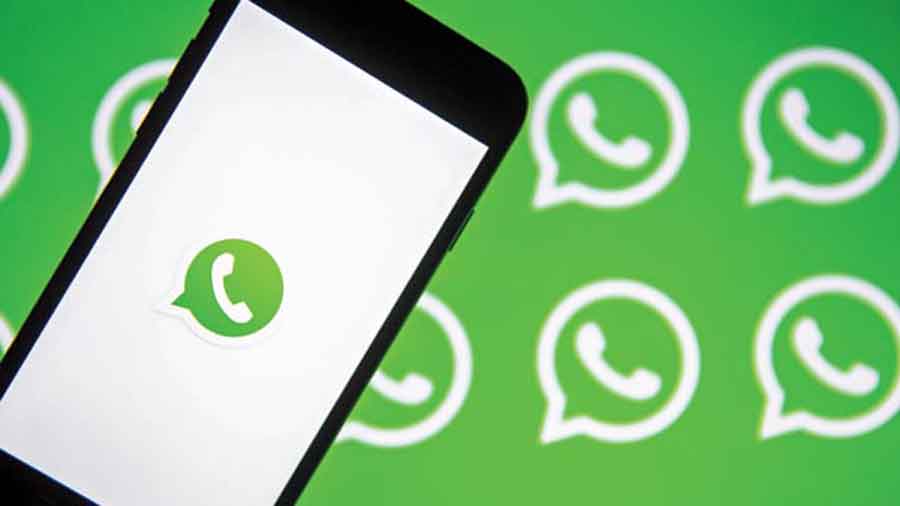The recent worldwide outage experienced by customers of social media platforms like WhatsApp and Facebook revealed a surprising fact about the relative importance of these means of communication against more traditional ones such as short messaging service. Yet, during the six hours of outage, people did not fall back on SMS to communicate. It shows that public reliance on SMS has dropped drastically in the last few years — a trend that telecom companies are well aware of — because of a sharp drop in revenue. SMS, which accounted for 10 per cent of total revenue at its peak, has fallen to only 0.55 per cent of total revenue. SMS is now used only for receiving ‘one time passwords’ for making online transactions. Banks, particularly, are still quite dependent on SMS. One reason for this is that internet access is still not adequate in remote areas where they operate. But the other modes of messaging are far more popular. According to one estimate, out of more than two billion WhatsApp users, an estimated 400 million people in India are increasingly using WhatsApp as the primary mode of communication.
Customer behaviour during the outage also points to the way technology engenders dependence. Social media technologies are far more enabling in creative communication with pictures, emojis, voice messages and group texting and calling. The SMS, thus, appears relatively archaic. There are many other considerations too for the strict preference. Data security that platforms like WhatsApp officially promise is an attractive feature. According to some experts in psychology and communications, emojis may become a new form of language, or at least an integral part of communications. Verbal, face-to-face communication allowed people to factor in tone of voice or body language. Even purely voice messages allowed the receiver to discern the intonations of the voice of the speaker. In purely written messages on the digital medium, the only way to communicate emotions and reactions with speed and efficiency may be the emojis and the emoticons. What happened during the outage is an interesting instance of how technology shapes mass culture. For addictive forms of communications, outages would become extremely costly for the companies that own the platforms. Data usage has multiplied dramatically during the past four or five years. It might be interesting to analyse and estimate — with the help of meta-data — how much of the communications is essential, how much is useless, and how much of it constitutes fake news.











